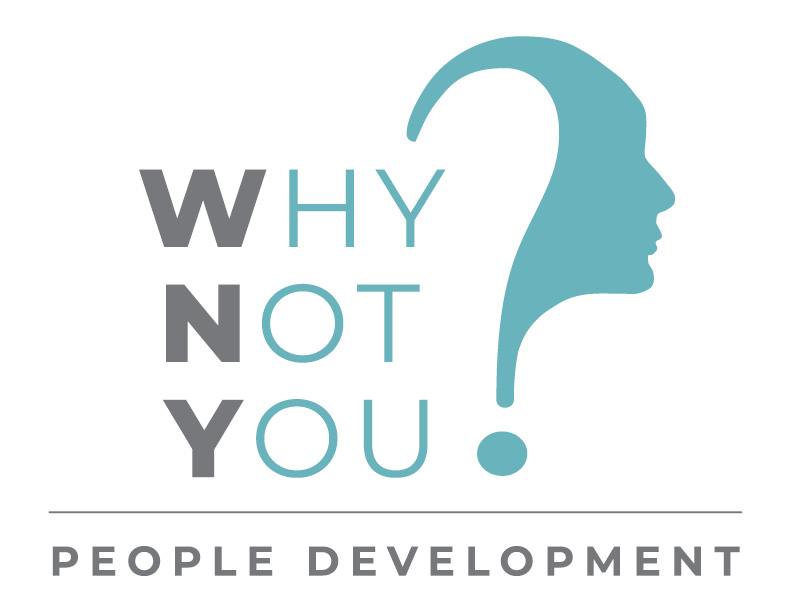The pandemic forced many businesses onto virtual platforms for the first time, and now that we’ve gone there, we’re never going back, at least not fully.
The shift to Zoom, Teams, etc., has created flexibility for employees, and in many cases, improves the bottom line for companies as they abandon expensive brick-and-mortar locations. Remote opportunities are redefining “work,” and providing attractive options for the workforce of tomorrow. However, with contemporary technology comes new issues to mitigate, particularly around communication and collaboration.
Have you ever had a conversation with a friend, significant other, or coworker and used the words “I’m fine.” …but you really weren’t? Inside you were feeling frustrated, hurt, angry, or confused. If you were speaking face to face, chances are, the person on the receiving end of your words picked up on your emotions, and recognized what you said and how you really feel weren’t aligned. Was it because they could read your mind?
Absolutely not! (but wouldn’t it be cool if we could do that?!)
In 1967, American Professor of Psychology, Albert Mehrabian, published Decoding of Inconsistent Communications in the Journal of Personality and Social Psychology. Dr. Mehrabian’s research concluded that only: 7% of feelings and attitudes take place through words, 38% takes place through tone, and the overwhelming majority of how we convey our feelings to others, 55%, comes from facial expressions and body language.
So why does this matter, particularly when we are leading remote or hybrid work teams?
Think about the last time you participated in a project status meeting, and some, or all of your team was virtual. How many windows showed a black screen instead of a face?
As a leader, it’s incredibly difficult to decipher how your team really feels about expectations, challenges, or changes when you are only receiving 7% of a message through spoken words or a chat box. Additionally, how do you build team synergy and collaborative experiences if we’re in different locations and sharing so little of ourselves during virtual interactions? We’re logging on, immediately launching into agenda items, and jumping off a few seconds early to get to the next meeting to repeat the process with a different group. It is easy to become detached, disenfranchised, and lose motivation if you feel disconnected from coworkers and the company mission?
Engaging remote and hybrid employees is vital for maintaining productivity, fostering collaboration, creating a sense of belonging, and ensuring employee satisfaction. Here are a few simple, budget-friendly strategies to encourage engagement and team building.
Establish Communication and Work Norms
Engage your full team in dialogue to create a set of norms that outline “how we work”; norms can be logistical (e.g., We start and end meetings on time. We keep cameras on. The person who requests the meeting must provide an agenda at least 24 hours in advance), or behavioral (e.g., We challenge each other respectfully. We focus on solutions, not problems. We assume best intent). Once norms are established and agreed upon, team members must hold each other accountable, virtually and in-person. I recommend everyone print out a copy of the list and hang it in their home or company office space (if applicable) to refer to easily.
By engaging all team members in the process of creating the norms, everyone has a stake in their success or failure, regardless of where they are participating from. If the team agreed to focus on solutions, not problems, yet an individual has spent the first five minutes of the meeting complaining about an impending deadline, all team members have the ability to respectfully pause the grumbling to remind them about the norms WE created. Everyone has a voice, and they are encouraged to use it.
Set Clear Individual And Team Goals
It is the leader’s responsibility to clearly define expectations, deliverables, and goals, particularly when you are working with someone whose face you rarely see in real life (IRL). Remember, we can’t read minds, right?!
Knowing the overall goal, and how it relates to the company mission helps individual contributors and teams understand their roles and responsibilities, and ensures they stay focused and motivated. Additionally, consistent communication and reinforcement is key; regularly review and provide feedback on progress to keep employees engaged and aligned with organizational objectives. According to a study by Gallup, employees who have regular communication with their leaders are three times more engaged than those who don’t. Regularly scheduled 1:1s aren’t a “nice to have” for remote work teams. They are a “must do” and should take precedence. I recommend a weekly 30-minute session or 60-minute session every other week for all direct reports; for high-priority individuals (new within the first ninety days of employment, or those on a performance improvement plan), weekly is best.
Foster A Sense of Belonging
Remote and hybrid employment can sometimes feel isolated, particularly for new employees; leaders must be intentional about helping to create a sense of “team” and belonging for all. Humans crave inclusion and being part of something bigger than themselves; the same applies at work. Encourage virtual social events and informal chats to help employees connect with each other outside of project status updates and deadline reminders.
A simple way to do this is opening a virtual room 15-20 minutes prior to start time, particularly before the first meeting of the day; if employees are able to join early, it replicates the feel and vibe of entering a conference room, providing the opportunity for casual dialogue among coworkers. High-trust teams are more productive, successful, and collaborative, but to become a high-trust team, people need time to learn about each other. Trust leads to collaboration, which leads to belonging; these begin by building relationships beyond what we know about each other’s work styles, and finding time to do so in the virtual world is paramount.
Go Beyond Words
VeryWellMind defines active listening as “…a communication skill that involves going beyond simply hearing the words that another person speaks but also seeking to understand the meaning and intent behind them.” It requires being an active participant in the communication process. As a leader, I encourage you to pay extra attention to the “active participant” portion of the definition when seeking to engage your remote workforce. Whether you are leading a team meeting or facilitating a 1:1 through a screen, active listening means paying attention to the words spoken but more importantly, focusing on what is not being said.
Now I get it, if you have 18 faces staring back at you on a laptop screen (some with better resolution on their cameras than others), it is hard to catch a sly smirk, a grimace, or an eye roll, but it is important to try. If there are too many expressions to watch, one strategy is to pay attention to those who have not contributed at all; we often reveal more by staying silent. Encourage involvement by simply calling the quiet employee’s name, and saying something like, “Robin, I know this a topic you’re pretty well-versed in. What are your thoughts on the direction our team is headed?” This statement invites the person into the conversation, encourages them to share, and shows respect for their knowledge; you are giving them permission to agree or disagree, and making them feel valued in the process.
The remote 1:1 environment is much easier to decode when going “beyond words.” If a team member’s tone has changed, their rate of speech has increased, they are sitting in their chair with arms crossed, a scowl on their face, yet they continue to tell you they are feeling successful and collaborating well with the team, it’s probably time to dig deeper. Pause and say, “I hear the words, but your body language and tone are telling me a different story. Is there anything more you’d like to share? How can I support you?” Taking the time to bypass the words being said and demonstrating understanding, care, and concern will help your employee feel heard, respected, and appreciated, all of which builds trust, engagement, and loyalty.
In conclusion, every organization and team is unique, so it’s important to tailor these strategies to fit your specific situation. Regularly assess and adapt engagement initiatives based on feedback and employee needs to ensure continuous improvement. Laying a strong foundation with norms, clear goals, creating belonging, and active listening will improve retention, innovation, and engagement, remote and in-person
And don’t forget to take yourself off mute!



